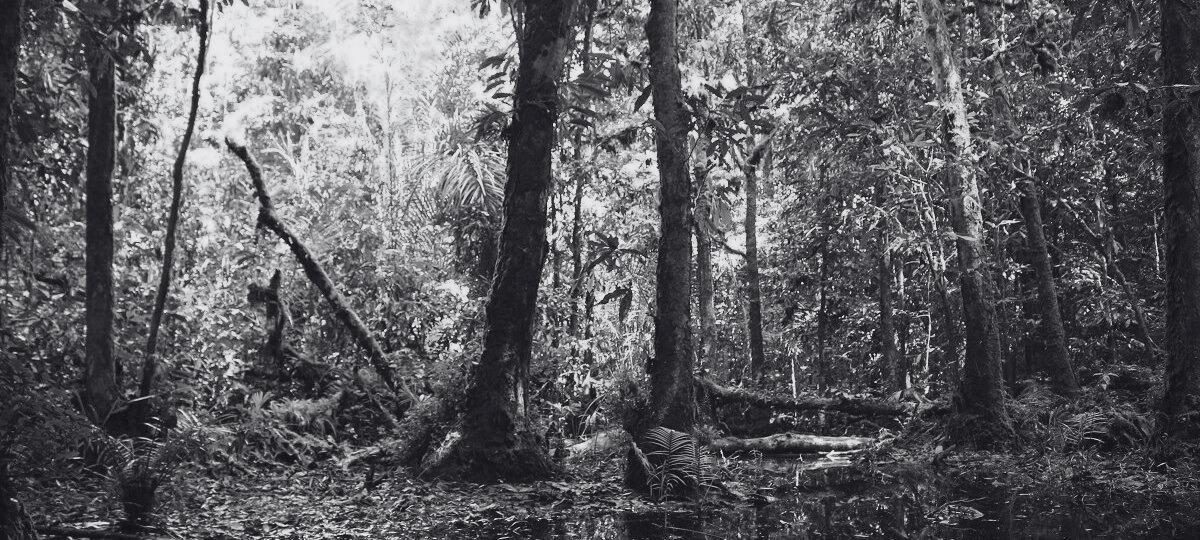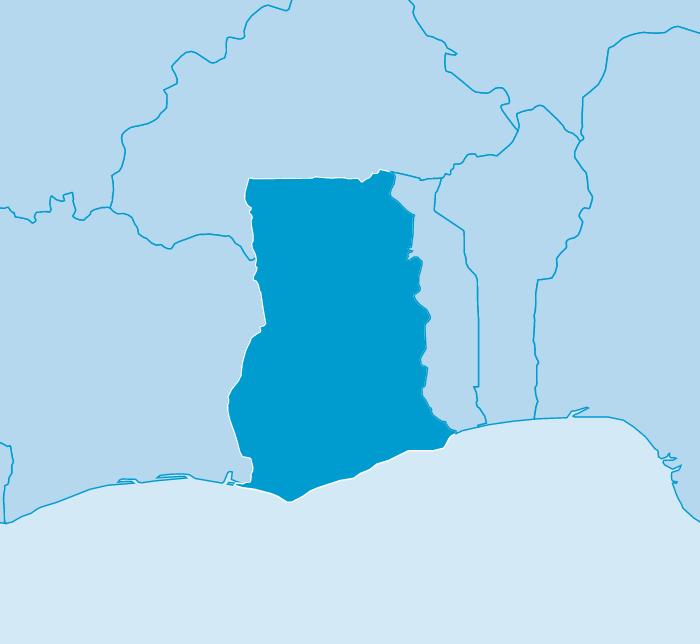Headerfoto by Jeremy Lindsell, A Rocha International
The tropical dry forest in central and northern Ghana has been severely affected by uncontrolled and often illegal logging for charcoal. The demand for charcoal has increased dramatically, especially in the cities. This has resulted in a complex and uncontrolled trade in wood.
Preventing deforestation
The Ghana Fuelwood project strives to prevent further landscape degradation and works on restoring the landscape by planting trees and by encouraging natural recovery.
The focus of our activities lies on the savannah area, adjacent to Mole National Park in the north of Ghana, and in a forest area in Central Ghana: around the Bosomoa Forest Reserve. This forest reserve is located in the transition area where the dry savannah forest changes into tropical rainforest.
Charcoal plantations alleviate pressure on the forest
To prevent further deforestation, GIZ, in association with local communities, is setting up commercial charcoal plantations. The plantations provide a sustainable source of income and help alleviate pressure on the forest.
From 2019 to 2022 we are restoring an area of 700 hectares.
Different reforestation methods
Unfortunately, large areas of the forest have already lost a significant share of their ecological value. This is why we are working with the nature conservation organisations A Rocha Ghana, Tropenbos Ghana and IUCN Ghana to restore the forest and the natural vegetation. We are doing this in a number of ways.
New trees provide women with an income
We are focusing on actively planting new trees. They are specially cultivated, not only to promote reforestation, but to also generate income for the communities. Take, for example, the shea tree (Vitellaria Paradox), which grows naturally on the savannah. The nuts of the tree contain shea oil, which is a popular ingredient in personal care products both locally and internationally. The trees represent an important source of income for around 40,000 women in the Mole area.
Targeted planting with the aim of fertile soil and fruits
We also replant other useful specific, targeted tree species. For degraded farmland we opt for trees that make the soil fertile and are also of value to the communities, such as the horseradish tree (Moringa oleifera), which is also called the miracle tree because of the many applications of its leaves and fruits. Other fruit-bearing trees, such as the mango (Mangifera indica) or tamarind (Tamarindus indica) form additional examples. Tamarind syrup is made from the fruit pulp. The syrup is used to produce soda, also for commercial use.
Farmers pay attention to natural restoration
We also create awareness among farmers about the trees that spontaneously appear on their land. The trees contribute to water regulation and fertile soil. So, the farmers do not fell these trees, but devote extra attention to the saplings. They protect them from threats such as grazing cattle or fire. They ensure these spontaneous cuttings are able to mature.
Biodiversity and sustainable sources of income
Thus landscape restoration not only restores biodiversity, but also provides sustainable sources of income for communities. This helps increase support for the sustainable management of natural resources.
Our team





